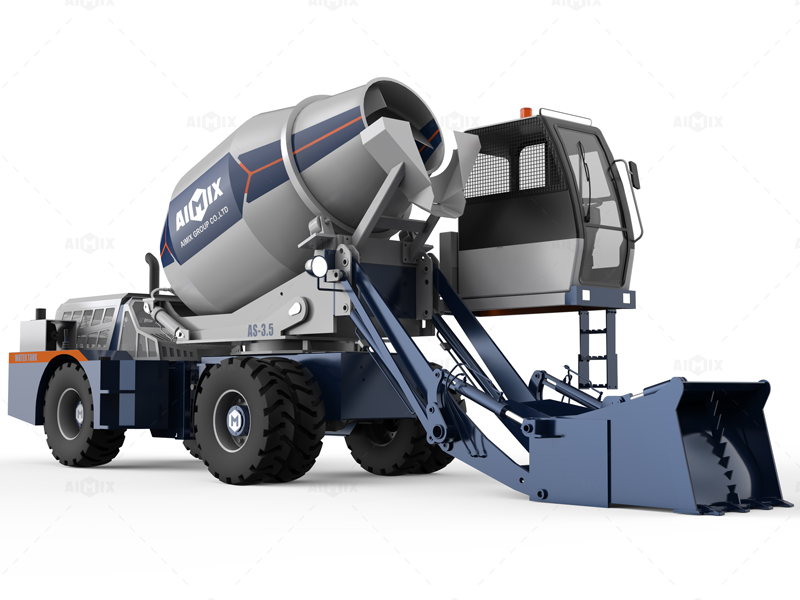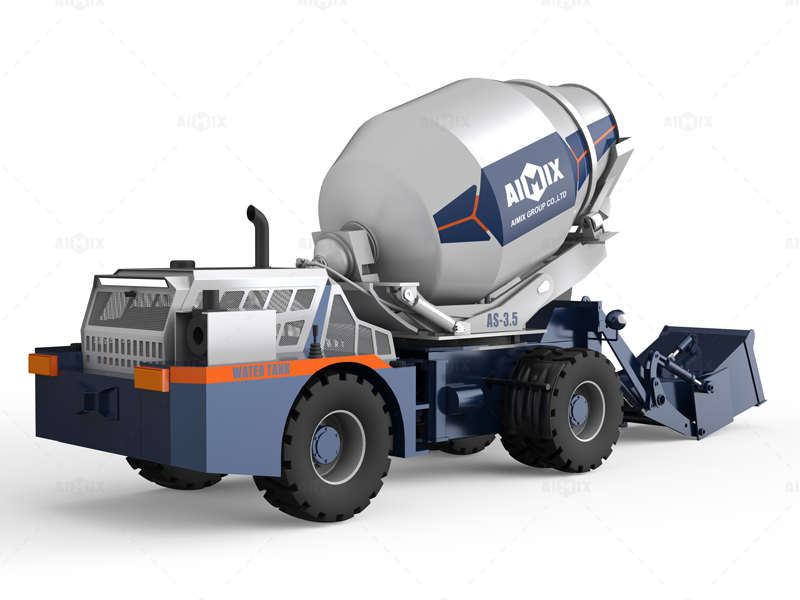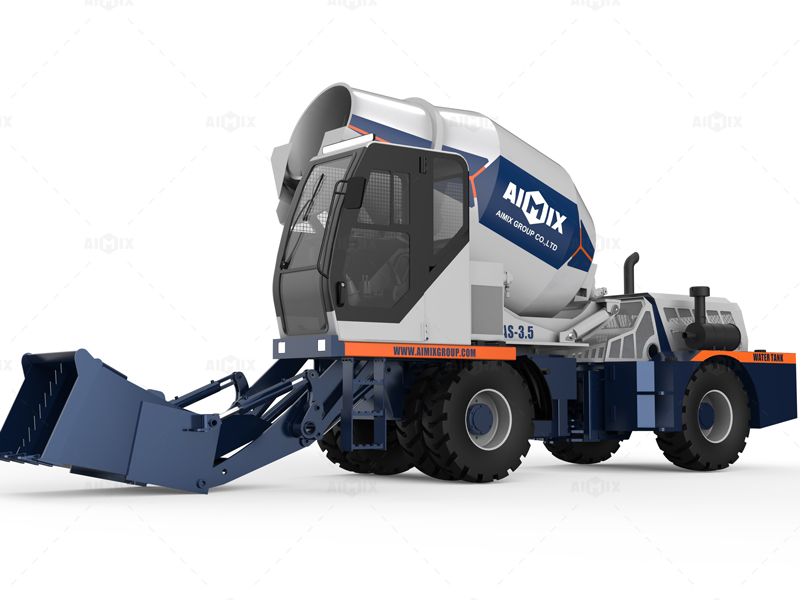Operating a self-loading concrete mixer? Smooth operation is crucial. Discover troubleshooting tips to keep your self-loading mixer running seamlessly and your projects on track.
1. Ensure Proper Lubrication
Regularly lubricate all moving parts to prevent friction and ensure smooth operation. Lack of lubrication can lead to equipment wear and compromised efficiency.
2. Monitor Hydraulic Systems
Keep a keen eye on hydraulic systems for any leaks or irregularities. Addressing hydraulic issues promptly is essential for the overall performance of concrete mixer self loading.

3. Check Electrical Connections
Verify that all electrical connections are secure. Loose connections can result in operational glitches. Regularly inspect and tighten wires to avoid disruptions.
4. Inspect Mixing Drum
Periodically inspect the mixing drum for wear and tear. A well-maintained drum ensures proper mixing and prevents concrete quality issues on the job site.
5. Address Sensor Calibration
Calibrate sensors regularly to maintain accurate measurements. Inaccurate sensor readings can lead to improper mixing ratios and affect the quality of the concrete produced.
6. Keep Tires Inflated
Ensure tires are properly inflated to the recommended pressure. Inadequate tire pressure can impact the mixer’s stability and overall performance on different terrains.
7. Verify Engine Health
Regularly check the engine for signs of wear, leaks, or unusual noises. A healthy engine is essential for the self loader mixer‘s reliability and efficiency.
8. Clean Regularly
Maintain cleanliness to prevent debris buildup. Regular cleaning ensures that components operate optimally, reducing the risk of malfunctions during operation.
9. Professional Inspection
Consider periodic professional inspections to identify potential issues before they escalate. Scheduled maintenance can prevent unexpected breakdowns, saving time and costs.
10. Addressing Unusual Noises
If you notice unusual sounds during operation, investigate promptly. Identifying and resolving these noises early can prevent potential breakdowns and extend the lifespan of your equipment.
11. Understanding Error Codes
Modern self-loading mixers often come with error code systems. Familiarize yourself with these codes and their meanings. This knowledge can expedite troubleshooting and reduce downtime.

12. Evaluating Concrete Quality
If the quality of the concrete produced seems compromised, delve into the mixing process. Adjustments to mixing times, drum speed, or water-cement ratios may be necessary for optimal results.
13. Real-Time Monitoring Systems
Consider investing in self-loading mixers with real-time monitoring systems. These advanced technologies provide instant feedback, allowing you to address potential issues before they escalate.
14. Stay Informed on Software Updates
Keep abreast of software updates provided by the manufacturer. Updating your self-loading mixer’s software ensures it benefits from the latest improvements, enhancing overall performance.
Conclusion: Operational Excellence
Proactive troubleshooting is the cornerstone of a well-maintained self loading rough terrain concrete mixers. By addressing issues promptly and staying informed on technological advancements, you ensure your equipment operates at peak efficiency, contributing to the success of your construction projects.
